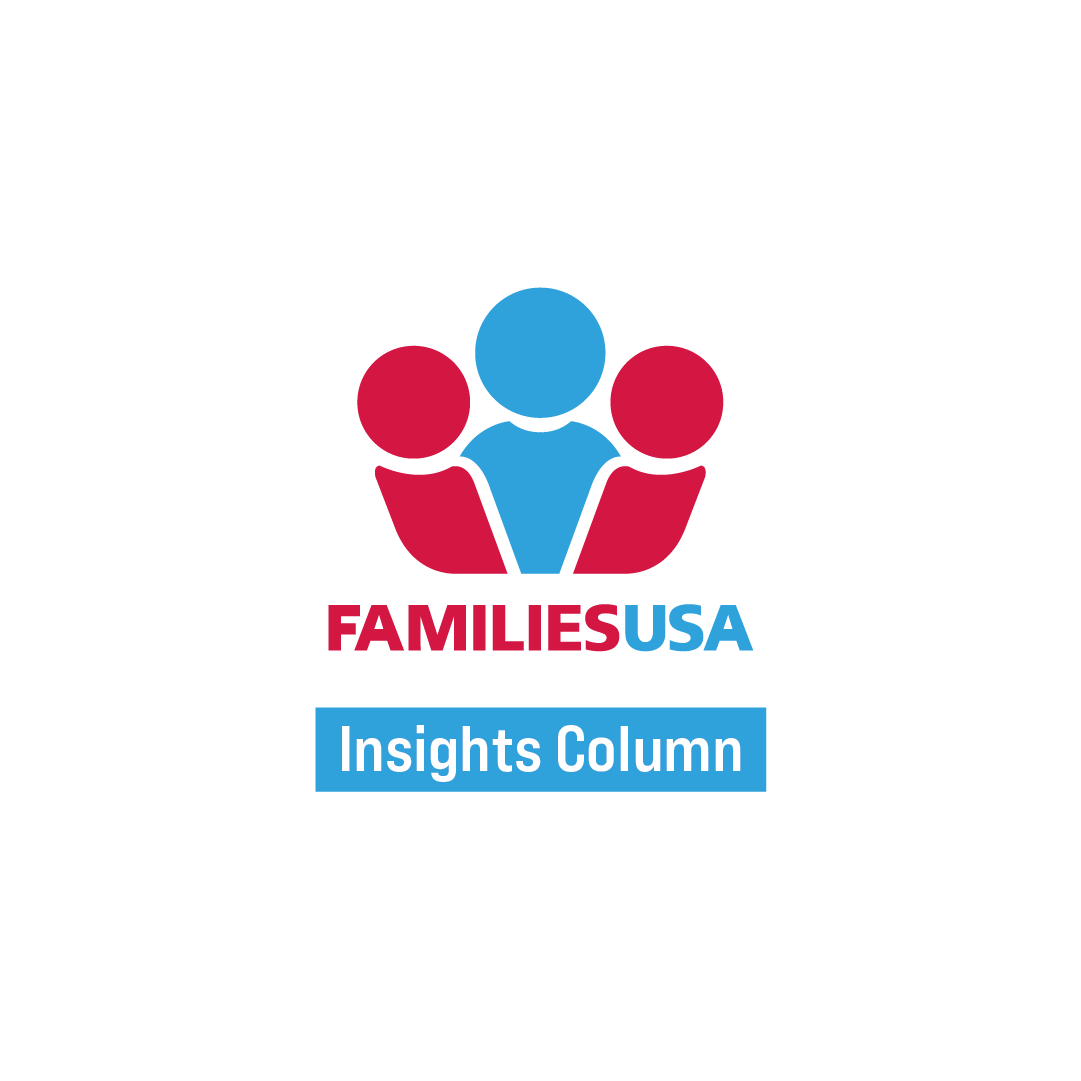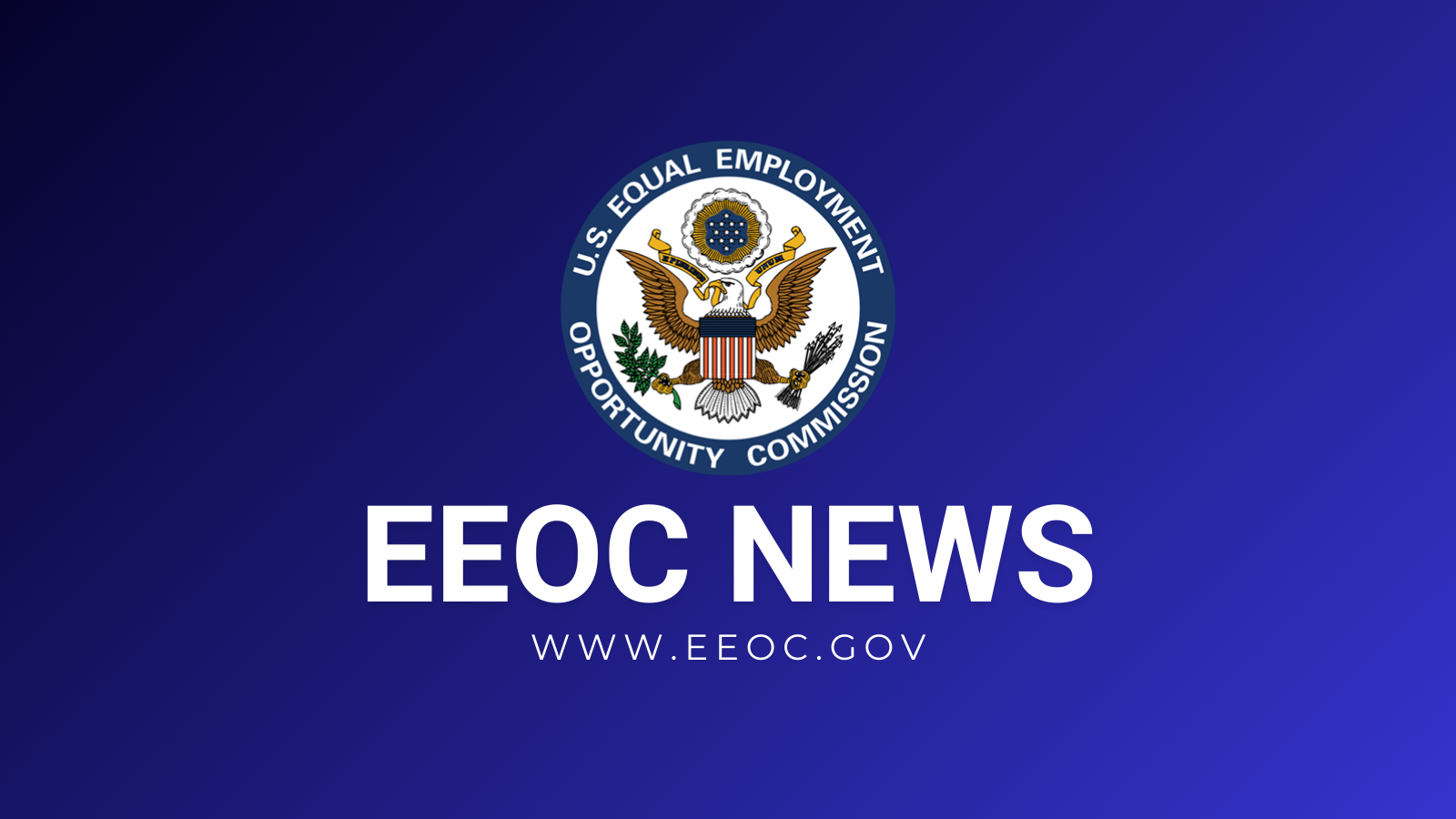The State of Health Coverage in California: Progress, Disparities, and Policy Threats – California Budget & Policy Center

Report on California’s Healthcare System and Alignment with Sustainable Development Goals
Executive Summary
California has made significant progress toward achieving Sustainable Development Goal 3 (Good Health and Well-being) by expanding access to affordable healthcare. However, recent federal and state policy changes present a substantial threat to this progress, potentially reversing gains in universal health coverage and exacerbating challenges related to SDG 1 (No Poverty) and SDG 10 (Reduced Inequalities). This report analyzes the current state of California’s public healthcare system, identifies key policy threats, and provides recommendations to protect the state’s advancements in health equity.
Progress Towards Universal Health Coverage (SDG 3)
California’s public healthcare system is foundational to its efforts to ensure healthy lives and promote well-being for all residents. The state’s success in expanding coverage is a direct contribution to SDG 3, particularly Target 3.8, which aims for universal health coverage.
Key Public Health Programs
- Medi-Cal: As California’s Medicaid program, it provides essential free or low-cost coverage to over one-third of the state’s population, including vulnerable groups such as children, pregnant individuals, seniors, and people with disabilities.
- Covered California: The state’s Affordable Care Act (ACA) marketplace, which assists individuals and families who do not qualify for Medi-Cal in securing affordable health plans.
- Medicare: The federal program providing critical coverage for adults aged 65 and older and certain individuals with disabilities.
In 2024, these programs helped California achieve a historic low uninsured rate of 5.9%, a significant improvement from over 17% a decade prior.
Policy Challenges and Threats to SDG Attainment
Recent legislative actions at both federal and state levels threaten to dismantle the progress made towards achieving SDGs 3, 1, and 10.
Impact of Federal Legislation (H.R. 1)
The federal bill H.R. 1 introduces the most substantial healthcare cuts in U.S. history, directly undermining SDG 3. Key impacts include:
- A reduction of over $1 trillion from Medicaid, Medicare, and the ACA marketplace over the next decade.
- An estimated annual funding loss of $30 billion for California’s Medicaid program (Medi-Cal).
- The introduction of new eligibility restrictions and administrative burdens that could lead to millions of Californians losing coverage.
- Failure to extend enhanced premium tax credits, which is projected to nearly double insurance premiums for Covered California enrollees in 2026.
State-Level Budgetary Constraints
State-level policy decisions are further compounding these threats, specifically impacting SDG 10 by targeting immigrant communities. These actions include:
- Freezing Medi-Cal enrollment for undocumented immigrants.
- Imposing new monthly premiums and eliminating dental benefits for certain immigrant adults.
Socio-Economic Impacts and Disparities in Health Access
Healthcare as an Anti-Poverty Measure (SDG 1)
Access to healthcare is a critical tool in the fight against poverty. Medi-Cal functions as a vital anti-poverty program, aligning with the objectives of SDG 1. The Health Inclusive Poverty Measure, developed by the Census Bureau, demonstrates that public health insurance programs like Medicaid and Medicare are the second and third most impactful anti-poverty initiatives in the nation. The cuts mandated by H.R. 1, which could remove up to 3.4 million Californians from Medi-Cal, threaten to reverse this progress and push more families into economic hardship.
Exacerbating Inequalities (SDG 10)
Despite overall progress, significant disparities in health coverage persist, undermining SDG 10 (Reduced Inequalities). The proposed policy changes are expected to worsen these inequities for several key demographics.
- Racial and Ethnic Minorities: American Indian and Alaska Native Californians face the highest uninsured rate at 10.2%. Latinx Californians, who constitute about half of all Medi-Cal enrollees, are also disproportionately affected by the proposed cuts due to their higher representation in low-wage jobs without employer-sponsored insurance.
- Working-Age Adults: Adults aged 19-64 have an uninsured rate of 8.4%, significantly higher than the state average. New administrative burdens, such as work requirements and increased eligibility checks, will primarily target this group, likely increasing their rate of uninsurance.
Policy Recommendations to Safeguard Progress on SDGs
To mitigate the negative impacts of federal and state budget cuts and protect California’s progress on SDGs 1, 3, and 10, state leaders should adopt the following strategies:
- Ensure a Phased and Inclusive Implementation of H.R. 1: Engage stakeholders, including counties, advocates, and community organizations, to coordinate a thoughtful implementation process that prevents unintended loss of coverage.
- Enhance Communication with Beneficiaries: Conduct proactive, regular, and multilingual outreach to ensure Medi-Cal enrollees understand policy changes and the steps required to maintain their coverage. Invest in trusted community health workers to assist with this process.
- Strengthen Eligibility and Enrollment Systems: Invest in technological infrastructure to automate verifications and renewals, reducing coverage losses from administrative barriers and freeing up resources for complex cases.
- Protect Immigrants in State-Funded Programs: Ensure Californians enrolled in state-funded Medi-Cal, including undocumented adults, are not subjected to new federal work reporting or cost-sharing requirements.
- Minimize Cost-Sharing Burdens: Set any new mandatory cost-sharing requirements for low-income adults at the lowest level permitted by federal law to limit financial barriers to care.
- Utilize Automation for Work Requirement Compliance: Maximize the use of existing data systems to automatically identify and exempt individuals from new work reporting requirements, reducing the administrative burden on beneficiaries and counties.
Conclusion: Upholding the Commitment to Health and Equity
California is at a critical juncture where over a decade of progress toward universal health coverage is under threat. The substantial loss of federal funding poses an existential risk to the state’s healthcare system. Mitigating this harm requires bold leadership to preserve and restore health coverage. To avoid deep and painful cuts to essential services, state leaders must consider new, ongoing state revenue sources. Upholding the commitment to affordable healthcare is fundamental to achieving the interconnected goals of Good Health and Well-being (SDG 3), No Poverty (SDG 1), and Reduced Inequalities (SDG 10) for all Californians.
Analysis of Sustainable Development Goals in the Article
1. Which SDGs are addressed or connected to the issues highlighted in the article?
- SDG 3: Good Health and Well-being: The article’s primary focus is on ensuring healthy lives and promoting well-being for all Californians. It extensively discusses access to affordable health care through programs like Medi-Cal, Covered California, and Medicare. The central theme revolves around the state’s progress toward universal health coverage and the threats posed by federal and state policy changes that risk reversing this progress.
- SDG 1: No Poverty: The article directly connects health care access to poverty reduction. It highlights a section titled “Medi-Cal Works to Reduce Poverty” and explains how health insurance programs function as effective anti-poverty tools. By covering medical costs, these programs prevent individuals and families from falling into poverty due to unaffordable medical bills and financial hardship.
- SDG 10: Reduced Inequalities: The article emphasizes the issue of health disparities among different population groups. It points out “persistent health disparities, especially among people of color” and discusses how policy changes disproportionately affect racial and ethnic minorities, immigrants, and specific age groups. The analysis of uninsured rates among American Indian, Alaska Native, and Latinx Californians, as well as working-age adults, directly addresses the goal of reducing inequalities.
2. What specific targets under those SDGs can be identified based on the article’s content?
- Target 3.8: Achieve universal health coverage, including financial risk protection, access to quality essential health-care services and access to safe, effective, quality and affordable essential medicines and vaccines for all. The article is centered on this target. It details California’s efforts to lower its uninsured rate and expand health care access through the Affordable Care Act (ACA), Medi-Cal, and Covered California. The discussion about making coverage affordable and protecting millions from losing access due to budget cuts directly aligns with achieving universal health coverage.
- Target 1.3: Implement nationally appropriate social protection systems and measures for all, including floors, and by 2030 achieve substantial coverage of the poor and the vulnerable. Medi-Cal is presented as a critical social protection system. The article explains that it provides free or low-cost coverage to “one in three Californians, including children, pregnant individuals, seniors, and people with disabilities.” The analysis using the Health Inclusive Poverty Measure, which shows Medicaid lifts millions out of poverty, reinforces its role as a social protection measure.
- Target 10.2: By 2030, empower and promote the social, economic and political inclusion of all, irrespective of age, sex, disability, race, ethnicity, origin, religion or economic or other status. The article discusses the state’s initiative to expand “full-scope Medi-Cal to all income-eligible Californians regardless of immigration status,” which is a clear action toward social inclusion. Conversely, it warns that new policies targeting immigrants, such as freezing enrollment for undocumented individuals, threaten this inclusion.
- Target 10.3: Ensure equal opportunity and reduce inequalities of outcome, including by eliminating discriminatory laws, policies and practices and promoting appropriate legislation, policies and action in this regard. The article highlights that racial disparities in health coverage are the result of “racist policies and practices.” It calls for “targeted outreach and education efforts along with other antiracist policy actions” to address the higher uninsured rates among groups like American Indian and Alaska Native Californians, thereby aiming to reduce inequalities of outcome.
3. Are there any indicators mentioned or implied in the article that can be used to measure progress towards the identified targets?
- Overall Uninsured Rate: The article explicitly states that California’s uninsured rate dropped to a “historic low” of 5.9% in 2024, down from over 17% a decade prior. This is a direct indicator for Target 3.8 (universal health coverage).
- Uninsured Rate by Demographic Group: The article provides disaggregated data that serves as an indicator for Target 10.3 (reducing inequalities). It specifies the uninsured rate for American Indian and Alaska Native Californians (10.2% in 2024) and for adults ages 19-64 (8.4%), highlighting persistent disparities.
- Population Coverage by Health Programs: The article provides numbers on the reach of social protection systems (Target 1.3). It mentions that Medi-Cal covers “more than one in three Californians,” nearly 2 million people purchased insurance through Covered California, and “Over 23 million Californians benefit” from public health programs collectively.
- Poverty Metrics: The article cites specific poverty measures as indicators for Target 1.3. It references the Supplemental Poverty Measure (17.7%) and the Health-Inclusive Poverty Measure (18.8%) for California, showing how health benefits impact poverty calculations. It also states that nationally, Medicaid and Medicare removed 21.8 million and 15.0 million people from poverty, respectively.
- Financial Barriers to Care: The article implies financial indicators for Target 3.8 by discussing threats that would increase out-of-pocket costs. It mentions that without federal action, “health insurance premiums are projected to nearly double in 2026,” and new policies could impose “unaffordable medical bills” and “costly and burdensome requirements on certain immigrants.”
4. Summary Table of SDGs, Targets, and Indicators
| SDGs | Targets | Indicators |
|---|---|---|
| SDG 3: Good Health and Well-being | 3.8: Achieve universal health coverage, including financial risk protection and access to quality essential health-care services. |
|
| SDG 1: No Poverty | 1.3: Implement nationally appropriate social protection systems and achieve substantial coverage of the poor and vulnerable. |
|
| SDG 10: Reduced Inequalities |
10.2: Promote social, economic, and political inclusion of all, irrespective of origin or other status.
10.3: Ensure equal opportunity and reduce inequalities of outcome. |
|
Source: calbudgetcenter.org
What is Your Reaction?
 Like
0
Like
0
 Dislike
0
Dislike
0
 Love
0
Love
0
 Funny
0
Funny
0
 Angry
0
Angry
0
 Sad
0
Sad
0
 Wow
0
Wow
0



















































.jpg.webp?itok=0ZsAnae9#)

























